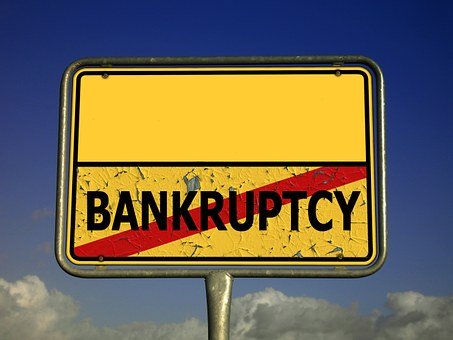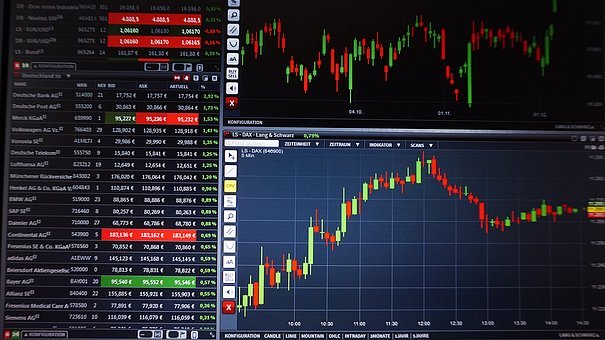In France, the number of companies having been the subject of a bankruptcy procedure decreased by 4.8% last year compared to 2018. There were 52,000 failures in 2019. These are 2,500 companies less than in 2018 who went to bankruptcy or were placed in receivership or safeguard proceedings. In the fourth quarter of 2019 alone, the decline even accelerated. The improvement is visible in almost all trades. The number of liquidations has dropped significantly. In construction, trade, industry, business and personal services, and catering, bankruptcy is declining sharply. Road freight transport and IT and communications are sectors which experienced an increase in bankruptcy last year. One of the explanations for this good overall performance in 2019 is that household consumption held up even if it was not as dynamic as we might have expected. The domestic economic context is rather better than that of our neighbours. Job creation is still strong in 2019, which also contributed to good economic activity. Second, interest rates are still very low, which helps companies finance themselves at lower cost. After the crisis of “yellow vests”, the State was able to support companies in difficulty. Small businesses have held up well last year if they haven’t fallen, that doesn’t mean they are doing well. Many suffer. The treasuries continue to be strained. Another fact that puts the drop in corporate bankruptcy a bit into perspective last year, many SMEs and even a few mid-size companies have experienced difficulties. Almost 350 SMEs with more than 50 employees went to bankruptcy in 2019, almost one per day. In the last three months of the year, 100 failed. The difficulties of SMEs are concentrated in the manufacturing industry. Some face forced transformation issues linked to sustainable development, in the automobile for example. As a result of the bankruptcy of SMEs, the number of jobs threatened by bankruptcy increased slightly in 2019, by 1.6%, to 175,000. How will the coming year go? Growth is expected by economists to a level comparable to that of 2019, that is to say from 1.2% to 1.3%. For 2020, there is no fear of a sharp increase in the number of bankruptcy but it seems unlikely that we will fall below the threshold of 52,000 collective proceedings. We could be around 53,000 failures for the year 2020.






![skyscraper-3032786__340[1]](https://www.gevo.fr/wp-content/uploads/2019/11/skyscraper-3032786__3401.jpg)

